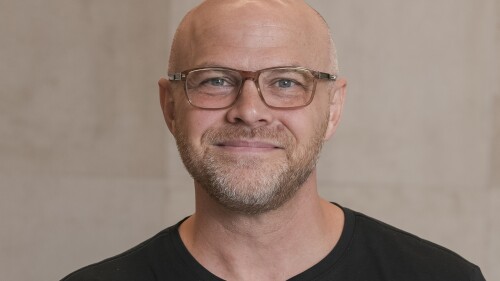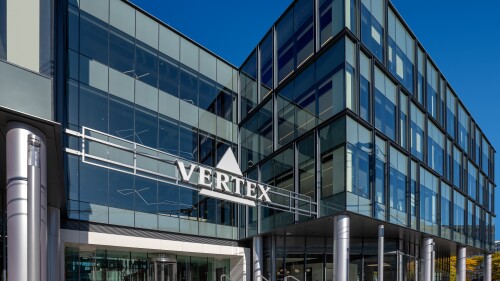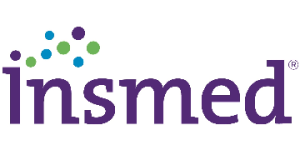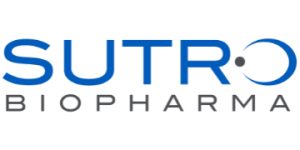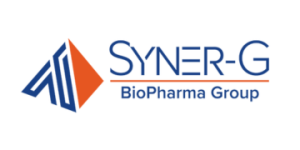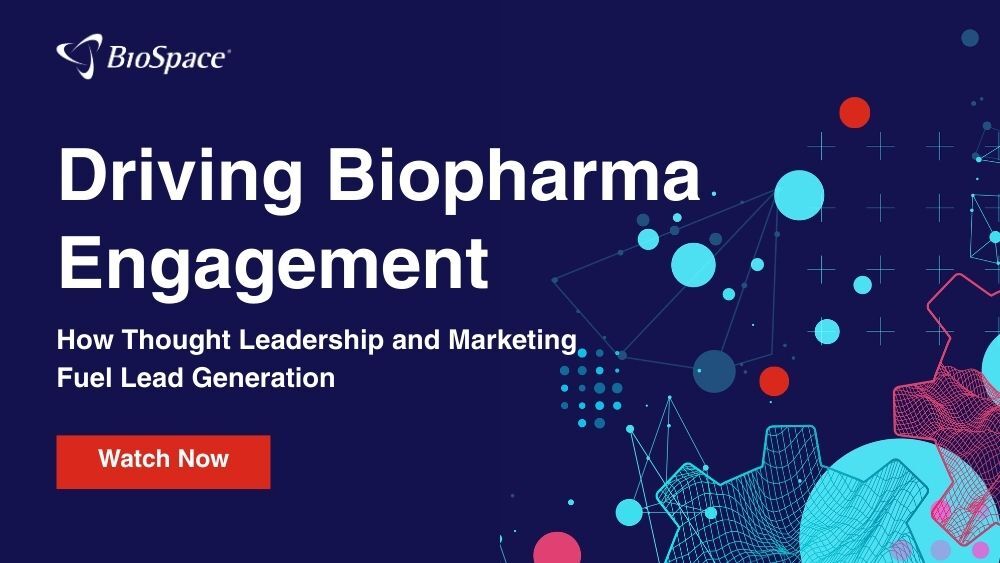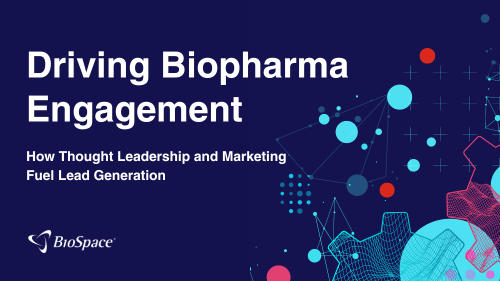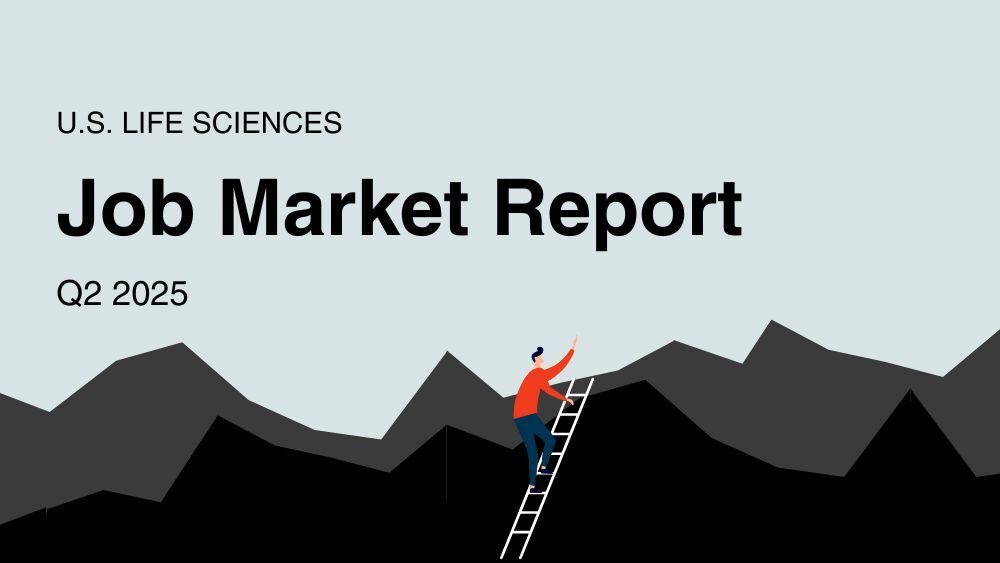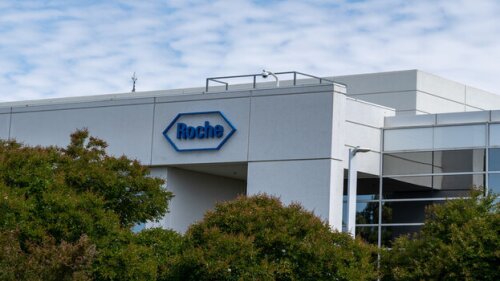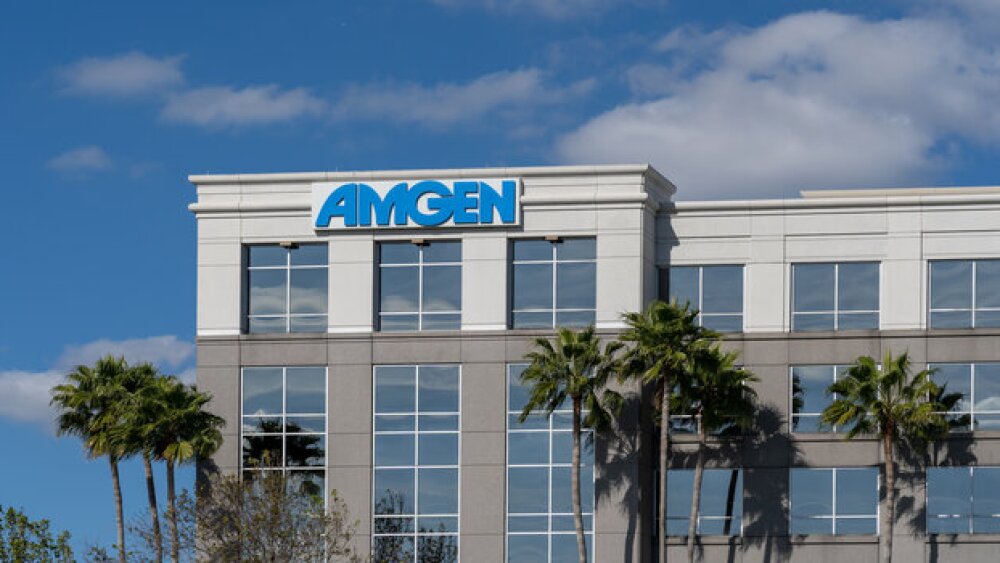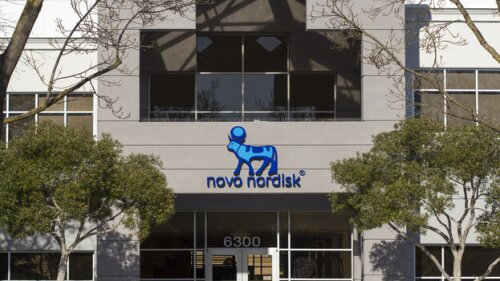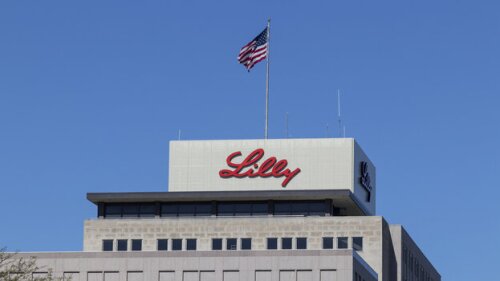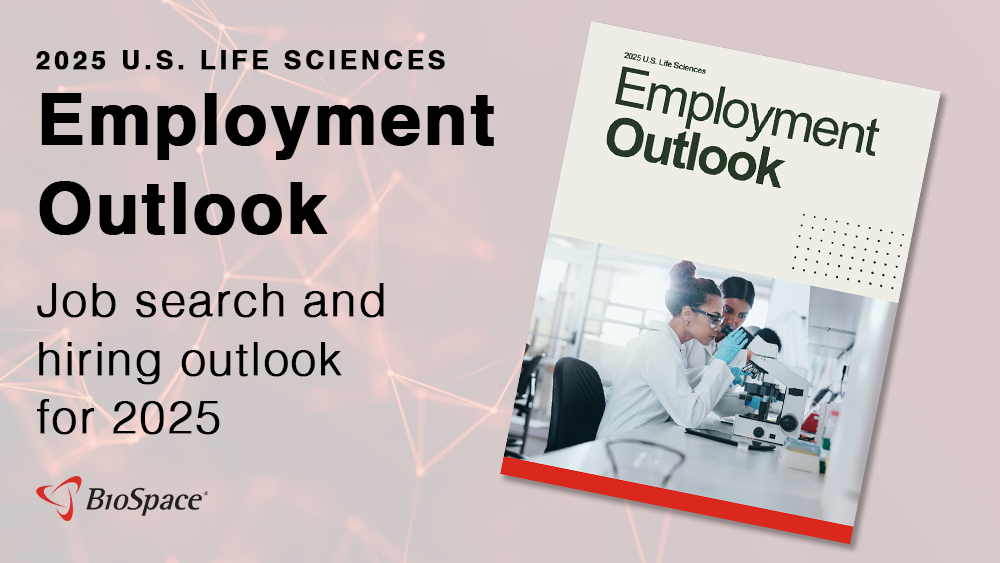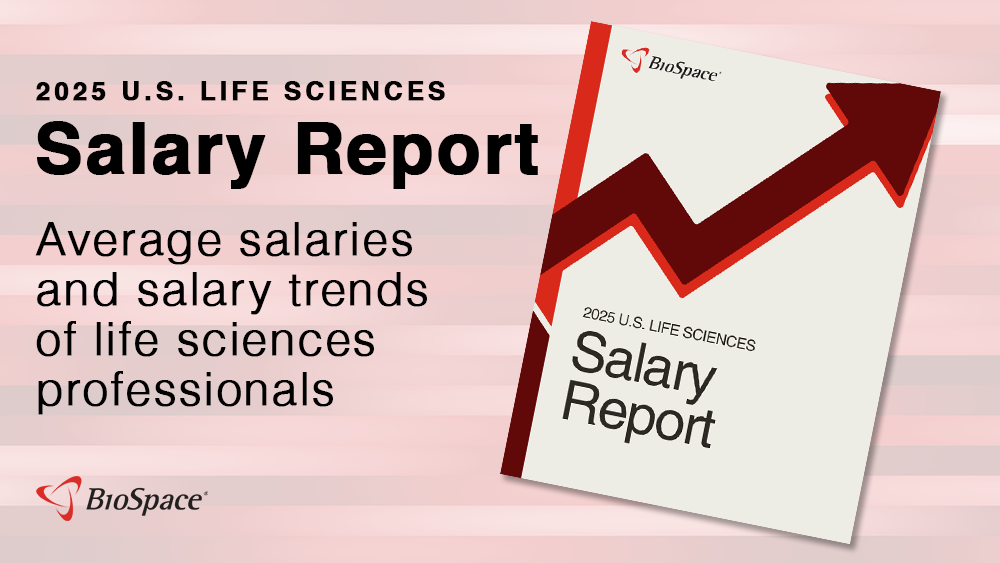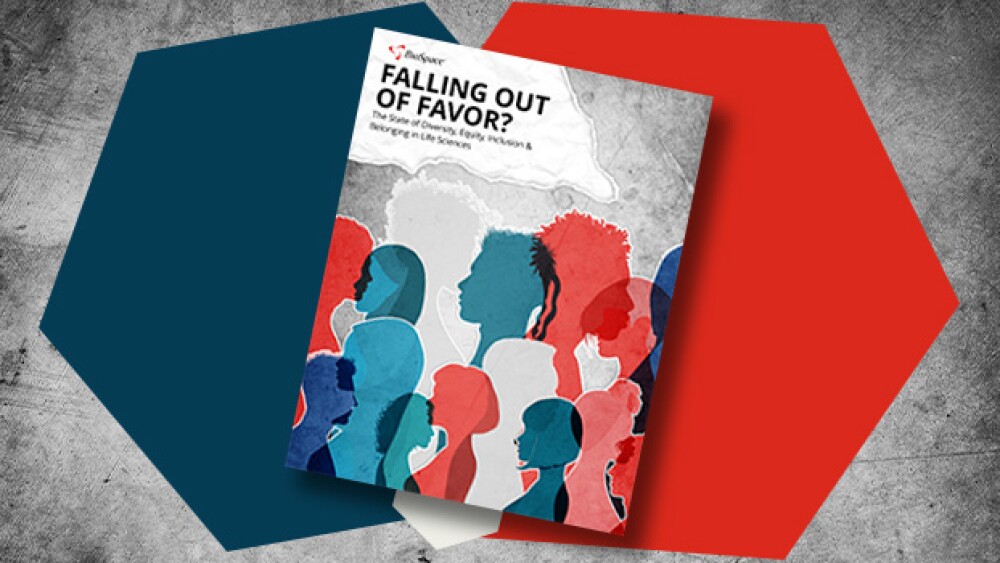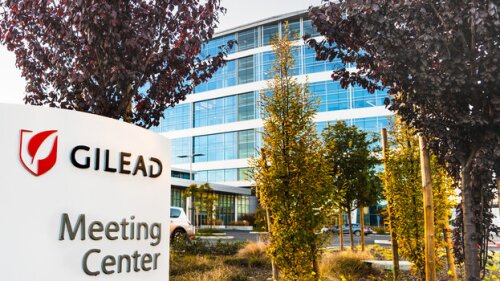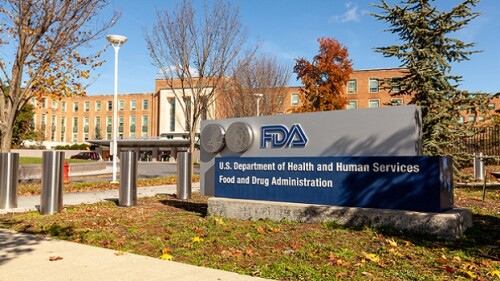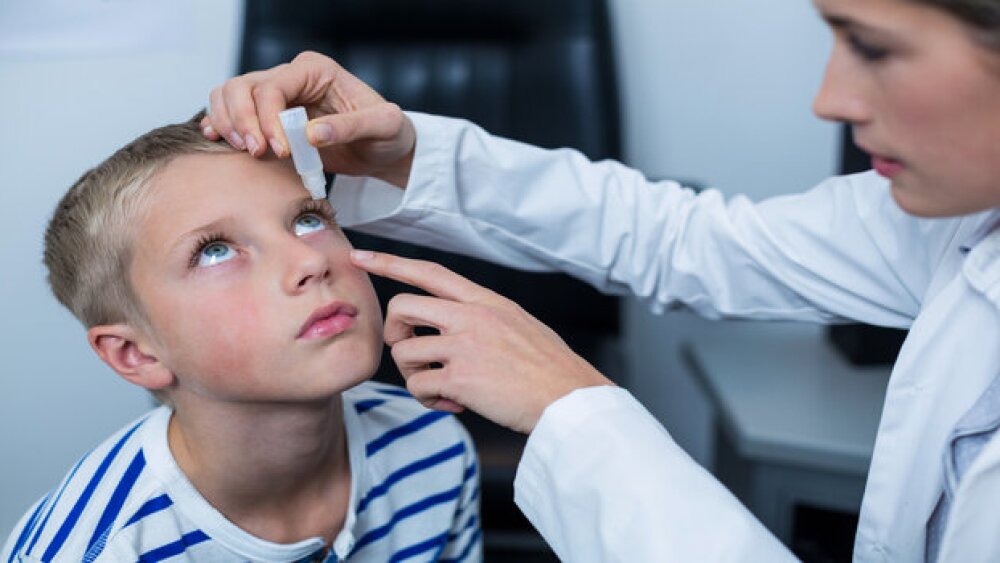After consistently failing to meet investor expectations, Novo Nordisk touted a safety profile for CagriSema in line with the GLP1-RA class, while reporting mid-stage data for its GLP1- and amylin-targeting drug amycretin that raised dosing questions.
Although the company withheld detailed findings from the study of treatment-resistant depression, analysts at Stifel called COMP360’s efficacy “more than good enough” for registrational purposes.
While BMO Capital Markets said that zimislecel is “highly encouraging” for type 1 diabetes, questions regarding its target population and Vertex’s execution hang over the cell therapy’s commercial potential.
Looking for a biopharma job in San Diego? Check out the BioSpace list of eight companies hiring life sciences professionals like you.
Analysts at William Blair say dapiglutide’s 11.6% weight reduction at 28 weeks could still be better, given that Zealand’s study predominantly included men and enrolled patients with lower BMI at baseline.
Harliku is the only FDA-approved drug for alkaptonuria, a rare condition characterized by skin discoloration, arthritis and heightened risks of heart failure and stroke.
FEATURED STORIES
As the pharma industry awaits congressional action on the bill, gaping holes in the domestic drug manufacturing ecosystem have never been clearer.
Experts say Novo Nordisk and Eli Lilly’s GLP-1 drugs are unlikely to reach more countries in the near term, but Sanofi’s diabetes treatment has gained ground globally.
The recent invalidation of an AAV gene therapy patent overlooks the complexity of innovation in biotechnology and could put a broad swath of intellectual property at risk.
Psychedelic drug developers are undeterred by the FDA’s Complete Response Letter for the company’s MDMA therapy for PTSD, and experts expect Lykos will ultimately obtain approval.
The entry of new players and new approaches into the ATTR-CM space could help bring down the cost of treatment, experts say.
Regeneron, Akouos and Mass Eye and Ear are testing therapies that can reverse genetic protein deficiency to restore hearing, with promising early results.
FROM BIOSPACE INSIGHTS
Establishing trust through thought leadership is no longer optional in today’s cautious biopharma market. This webinar will show leaders how strategic insights and targeted outreach can turn awareness into high-converting leads. Watch now.
LATEST PODCASTS
This week’s release of the Make America Health Again report revealed continued emphasis on vaccine safety; Health Secretary Robert F. Kennedy Jr.’s faceoff with senators last week amounted to political theater; the FDA promises complete response letters in real time and shares details on a new rare disease framework; and Summit disappoints at the World Conference on Lung Cancer in Barcelona.
In this episode presented by Taconic Biosciences, BioSpace’s head of insights Lori Ellis discusses how preclinical research companies are helping drug developers navigate the current challenging funding environment with Mike Garrett, CEO.
Health Secretary Robert F. Kennedy Jr. will appear before the Senate Finance Committee Thursday, ahead of a vaccine advisory committee meeting later in September. Meanwhile, deal-making appetite appears healthy, and the weight loss space continues generating clinical data and other news.
Job Trends
The past year saw the slowest year-over-year growth in biopharma salaries in the past five years, according to the BioSpace 2024 Life Sciences Salary Report.
Subscribe to Genepool
Subscribe to BioSpace’s flagship publication including top headlines, special editions and life sciences’ most important breaking news
SPECIAL EDITIONS
BioSpace did a deep dive into biopharma female executives who navigated difficult markets to lead their companies to high-value exits.
BioSpace data show biopharma professionals faced increased competition for fewer employment opportunities during the second quarter of 2025, with increased pressure from further layoffs.
BioSpace did a deep dive into executive pay, examining the highest compensation packages, pay ratios and golden parachutes—what a CEO would get paid to leave.
DEALS
-
The deal, announced late Wednesday, will provide AbbVie with access to Cerevel Therapeutics’ pipeline of clinical-stage and preclinical candidates for psychiatric and neurological diseases.
-
This week we discuss ups and downs in the weight loss and ADC markets - including Altimmune, Pfizer setbacks, AbbVie’s ImmunoGen buy and more.
-
The acquisition will give Roche access to Carmot’s clinical portfolio of three GLP-1 receptor agonists, placing it squarely in the middle of the competition to treat overweight and obesity.
-
AbbVie’s $10.1 billion ImmunoGen buy and Altimmune’s Phase II win demonstrate that the antibody-drug conjugate market is red hot in cancer and GLP-1 drugs for weight loss are an absolute craze.
-
Facing the loss of Humira revenues from biosimilar competition, AbbVie is looking to grow its pipeline by acquiring ImmunoGen and its antibody-drug conjugate Elahere, which was granted FDA accelerated approval last year.
WEIGHT LOSS
-
Following strong Phase II data, Amgen is going all in on its next-generation obesity treatment MariTide, with plans to run a Phase III trial and a separate mid-stage study for diabetes.
-
Novo Nordisk on Thursday reported a jump in first-quarter 2024 revenue, driven by a more than 100% increase in sales of weight-loss drug Wegovy and the strong performance of type 2 diabetes medication Ozempic.
-
In a bid to improve competition in the industry, the U.S. Federal Trade Commission is challenging the patents of 20 different pharmaceutical products, disputing the accuracy and relevance of their patents.
-
Thanks to strong sales of its blockbuster drugs Mounjaro and Zepbound, Eli Lilly on Tuesday reported nearly $8.77 billion in revenue in the first quarter of 2024, while raising its full-year revenue guidance by $2 billion.
-
After a record low in 2022, the pharma industry in 2023 saw a surprise rebound in productivity following one of its slowest years on record, according to a report from audit firm Deloitte.
POLICY
-
In a high-profile showdown Tuesday with Sen. Bernie Sanders’ Senate health committee, Novo Nordisk CEO Lars Fruergaard Jørgensen will be asked to defend the drugs’ U.S. monthly list prices of $969 and $1,349, respectively.
-
Regulators, policymakers and others can more effectively battle the disease by creating incentives to make mpox a more attractive investment opportunity.
-
A lawsuit filed by the Pharmaceutical Research and Manufacturers of America, which claims the Inflation Reduction Act’s Medicare Drug Price Negotiation Program is unconstitutional, now goes back to a lower Texas court.
-
While unlikely to pass this year, given the Democrats’ control over the White House and Senate, the proposed legislation might be a harbinger of the Republicans’ agenda next year for the Inflation Reduction Act should they win the November elections.
-
In the battle over drug prices, one sector of the healthcare industry has risen above all the players as the boogeyman: pharmacy benefit managers. In this special edition of BioPharm Executive, BioSpace takes a deep dive into the lens now focused on PBMs’ business practices.
Before you even begin researching, prioritize which aspects of the job offer are most important to you.
First, prioritize these criteria according to your own desires and needs. Which aspects of the offer do you most value?
When you’re ready for a new job, contacting employers is a no-brainer. But the same kind of clear-cut call to action doesn’t necessarily apply to contacting recruiters.
As you enter the job market (or a new industry) the salary range of positions you’re qualified for is likely top of mind. But how do you figure out what a realistic range is for what you’re after?
Remember, though it may be a tad uncomfortable in the moment, being gracious and polite while you decline a job offer can build good karma for the future.
Ask yourself these questions to get an idea of whether a new job should be in your near future.
HOTBEDS
REPORTS
In this Employment Outlook report, BioSpace explores current workforce sentiment, job activity trends and the prospective job and hiring outlook for 2025, particularly as it compares to the previous year.
BioSpace’s third report on diversity, equity, inclusion and belonging in life sciences examines dramatic shifts in attitude around diversity initiatives.
CANCER
-
The European Union has approved the first-ever combination therapy consisting of an immunotherapy and a PARP inhibitor for the treatment of endometrial cancer, AstraZeneca announced Wednesday.
-
The Connecticut-based biotech, which emerged from stealth last year, has secured $202 million to date as it looks to move two assets targeting prostate and breast cancer into the clinic.
-
Gilead Sciences’ liver disease portfolio delivered surprisingly robust performance in the second quarter, jumping 17% as the company awaits next week’s potential FDA approval of seladelpar in primary biliary cholangitis.
-
Citius Pharmaceuticals’ Lymphir is a reformulated version of denileukin diftitox—an FDA-approved cancer therapy—and the only treatment for cutaneous T cell lymphoma that targets the IL-2 receptor located on malignant T cells and Tregs.
-
The pharma said Thursday it is stopping a late-stage study of its blockbuster Keytruda plus the anti-TIGIT antibody vibostolimab and chemotherapy as a first-line treatment for extensive-stage small cell lung cancer, following a recommendation from an independent data monitoring committee.
NEUROSCIENCE
-
Cerevel Therapeutics on Thursday reported positive data from its Phase III TEMPO-3 trial, showing that tavapadon can significantly improve symptom control in patients with Parkinson’s disease.
-
Sage Therapeutics announced Wednesday it is scrapping its Parkinson’s disease program after the company’s investigational drug showed no benefit over placebo. Phase II studies of the oral treatment will continue in Huntington’s and Alzheimer’s diseases.
-
After withdrawing ALS drug Relyvrio from the U.S. and Canadian markets and laying off 70% of its workforce, the Cambridge, Mass.–based biopharma got a much-needed win in Wolfram syndrome.
-
At this week’s American Academy of Neurology annual meeting, Amylyx provided additional data from its Phase III amyotrophic lateral sclerosis study showing the full extent of Relyvrio’s failure.
-
Amylyx looks to the future after Relyvrio withdrawal, ADCs continue to attract investment and the drug shortage persists in the U.S.
CELL AND GENE THERAPY
-
Under the FDA’s compassionate use program, an eyedrop formulation of Krystal Biotech’s Vyjuvek restored the vision of a teenager with the rare genetic disease dystrophic epidermolysis bullosa.
-
Metagenomi could potentially raise over $100 million if the underwriters exercise their option to purchase additional shares in full, assuming an initial public offering price of $16 per share.
-
Topline results from a mid-stage study show that 4D Molecular Therapeutics’ investigational gene therapy cut annual rates of Eylea injections by 85% and 89% for the low and high doses, respectively.
-
The FDA’s Oncologic Drugs Advisory Committee will meet on March 15 to discuss BMS and J&J applications for their CAR T-cell therapies Abecma and Carvykti, respectively.
-
Lori, Greg and Tyler discuss last week’s call for a class-wide box warning on all commercial CAR T therapies, while investigations are ongoing into cases of secondary malignancies. How do we approach this balancing act of treatment and side effects?



